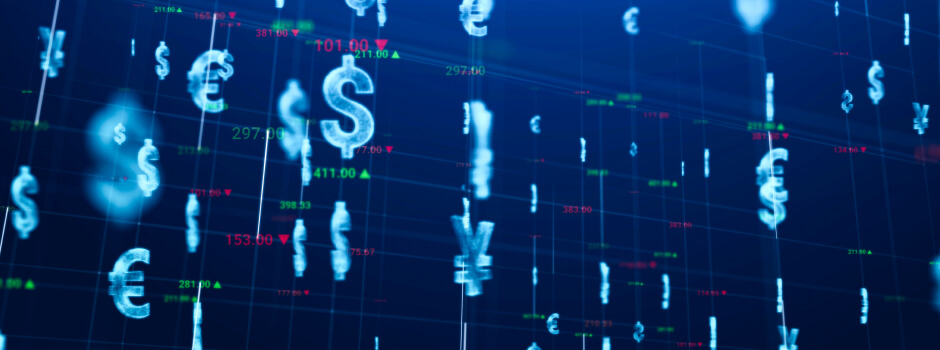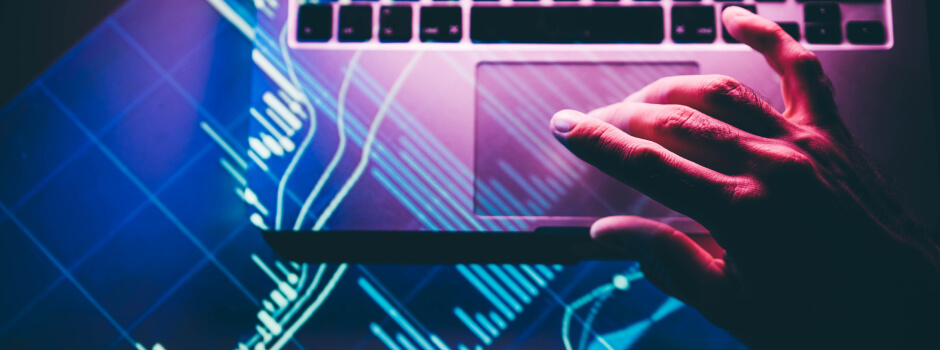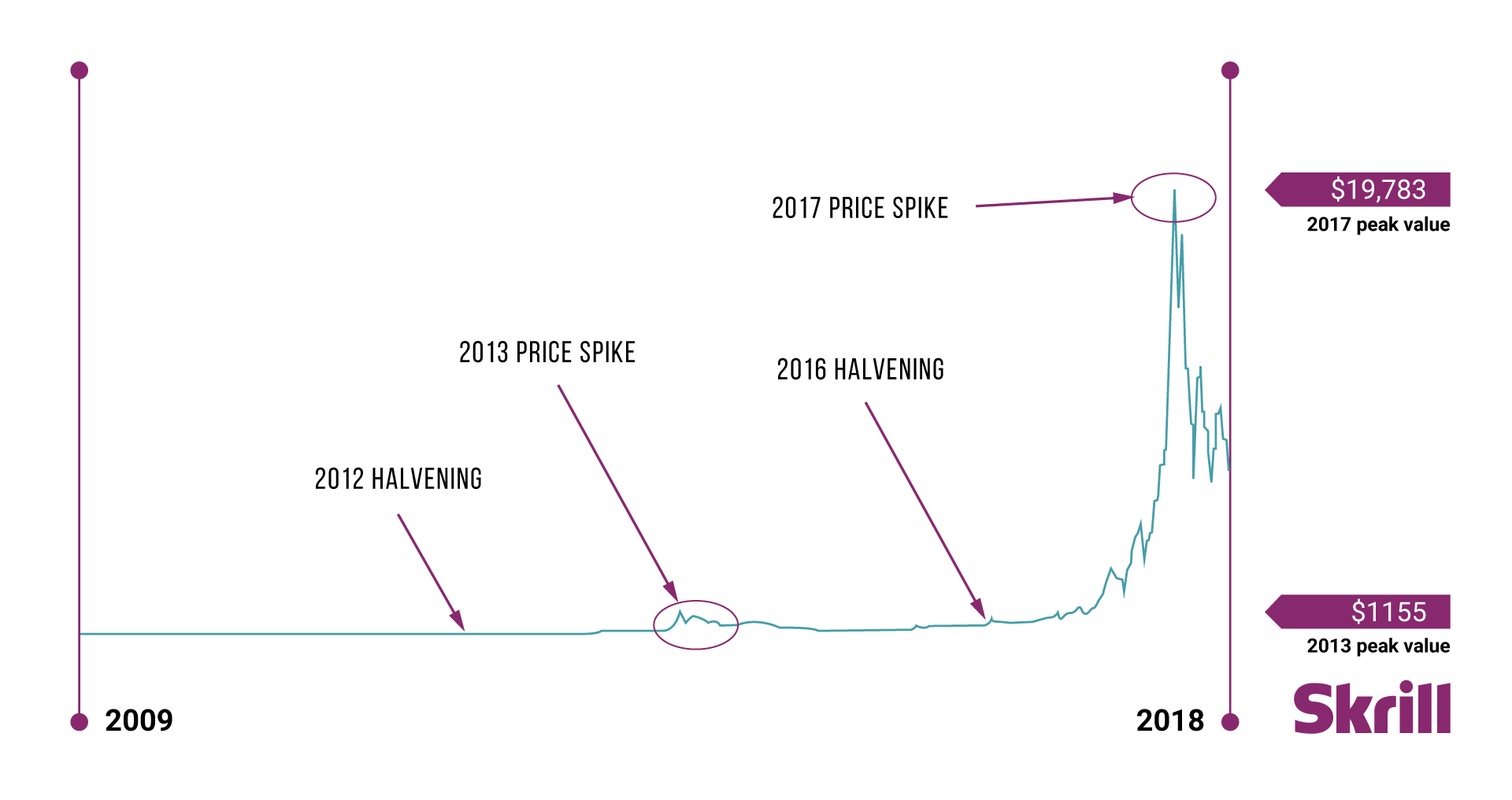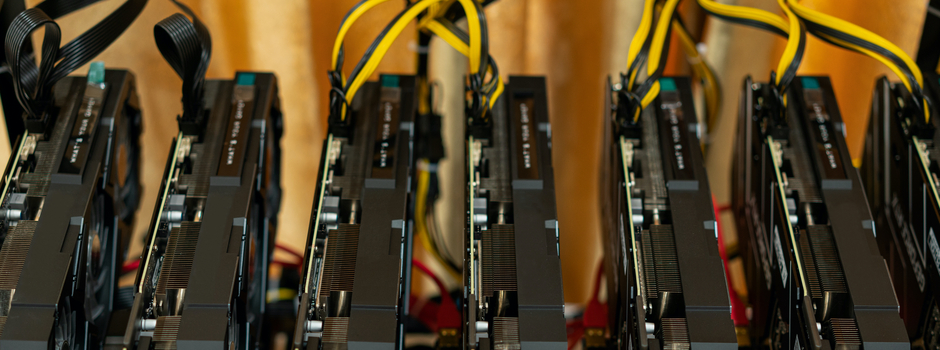Don’t invest unless you’re prepared to lose all the money you invest. This is a high-risk investment and you should not expect to be protected if something goes wrong. Take two minutes to learn more.
This article is not intended to be financial, investment or trading advice. This article is for information and solely for education purposes. It does not protect against any financial loss, risk or fraud.
For many investors, the Forex market and the emerging cryptocurrency market are very attractive.
At first glance, you might think that both are just about trading currencies. But if you dig a little deeper, you realise that while they have things in common, they are also very different from each other.
Not only does the Skrill wallet give you easy access to both worlds, but it has pluses such as fast transactions and plenty of options for buying cryptocurrencies. Read on for an in-depth look at the similarities and differences between these markets and the benefits of using Skrill.
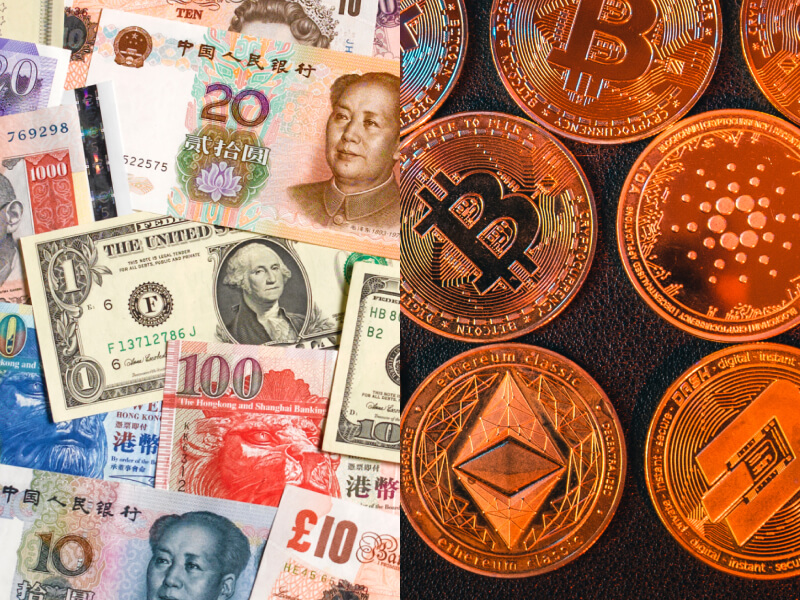
Forex vs Crypto: What are the differences?
Market participants
The forex market, commonly known as the foreign exchange market, includes a wide variety of participants.
You’ll find central and commercial banks, investment funds, and large companies – many of which aren’t typically found in the crypto space. Retail brokers and individual traders also play a big role.
Central banks, for example, aren’t in this game just for the profit. Their goal is to keep their country’s currency exchange rate stable, which affects the overall economy.
On the contrary, the cryptocurrency market isn’t as diverse in its participants. Essentially, there are three primary categories: exchanges, miners, and traders.
Digital marketplaces, known as exchanges, allow individuals to buy cryptocurrencies and sell them. Miners, a pivotal component of the blockchain network, validate and confirm transactions, ensuring the integrity of the system. Lastly, cryptocurrency traders, much like their forex counterparts, speculate on price movements.
Size and volume
When it comes to size, the forex market towers above its crypto counterpart. Facilitating transactions from a wide array of international entities, ranging from corporate giants and banks to individual investors, it’s one of the most active trading environments globally. According to the Bank for International Settlements (BIS), daily forex trading has reached €7.5 trillion in 2023.
In contrast, the cryptocurrency market, while witnessing exponential growth, has not yet reached the sheer volume of the foreign exchange market. Today, the crypto market trades at a daily volume of EUR 30 billion.
One reason for this is the relatively new nature of cryptocurrencies. While significant strides have been made with increasing global adoption and recognition, the trading volume, for now, remains less than forex.
However, it’s essential to realise that both markets provide unique opportunities for those looking to diversify their crypto portfolio or engage in currency trading. Platforms for trading have made it easier than ever for traders and investors to access both worlds, be it to buy crypto or engage in forex trading.
Structure
The structure of both the forex market and the cryptocurrency market hinges on supply and demand dynamics. For traders and investors, this essentially means that prices can be negotiated based on these two factors without needing approval from government bodies.
Both markets are decentralised; this lack of a single central authority governing the market is often hailed as a strength, particularly for cryptocurrencies.
Cryptocurrencies, in their essence, exist exclusively in the digital realm, anchored to blockchain technology. Transactions for buying cryptocurrencies are recorded on the blockchain. For a transaction to be finalised, it must be verified by miners and added to the blockchain.
Volatility
When assessing the risk and potential rewards in any market, understanding its inherent volatility is paramount. Both the Forex market and the cryptocurrency market are known for their price swings, albeit to varying degrees.
Cryptocurrencies, given their relatively new entry into the financial arena, are susceptible to sharp, sometimes drastic price changes within a single trading session. External factors, market sentiment, regulatory news, or technological advancements can send prices soaring or plummeting. Anyone looking to invest in cryptocurrencies should be aware of this volatility and craft a strategy that accounts for it.
In comparison, forex trading experiences frequent price movements, but they often occur within more predictable bands. The sheer volume of daily trades in the forex market can sometimes act as a buffer against extreme volatility. Yet, it is the allure of this volatility, juxtaposed with the opportunity to leverage, that attracts many to currency trading.

Why Forex and crypto traders use Skrill
- Fast deposits and withdrawals: The agility of the Skrill wallet ensures that traders can move their funds swiftly, be it to a broker or back to their account.
- A range of cryptocurrencies: With over 40 cryptocurrencies available, traders can diversify their crypto portfolio directly within the Skrill app.
- A separate account: Keeping your trading funds separate from the rest of your money is key to managing it wisely.
The foreign exchange market and the cryptocurrency market are vast and complex. As we navigate through the nuances of each, understanding their structures, participants, and volatility becomes essential.
Equally crucial is choosing the right money app. A Skrill account lets you separate funds from your bank account to buy an interest in crypto and engage in forex trading.
However, always remember: every investment carries risks. Equip yourself with knowledge, strategise wisely, and trade with caution.

